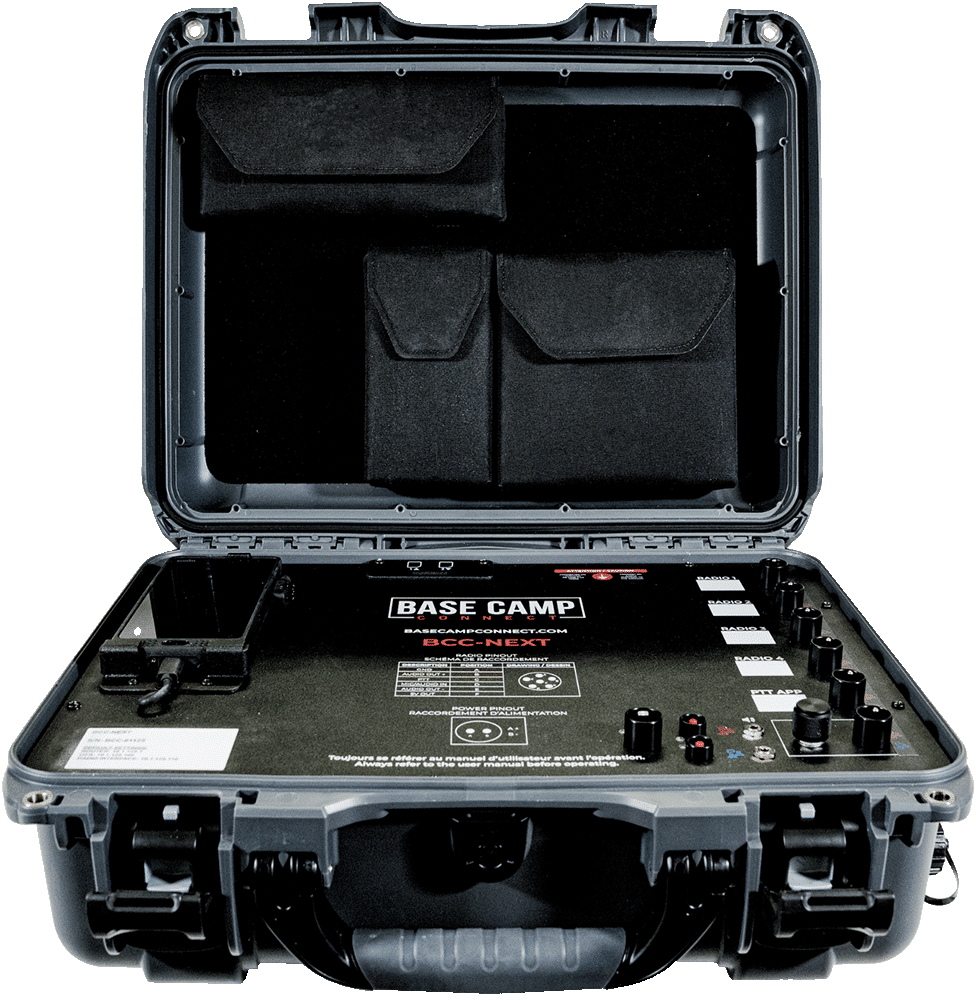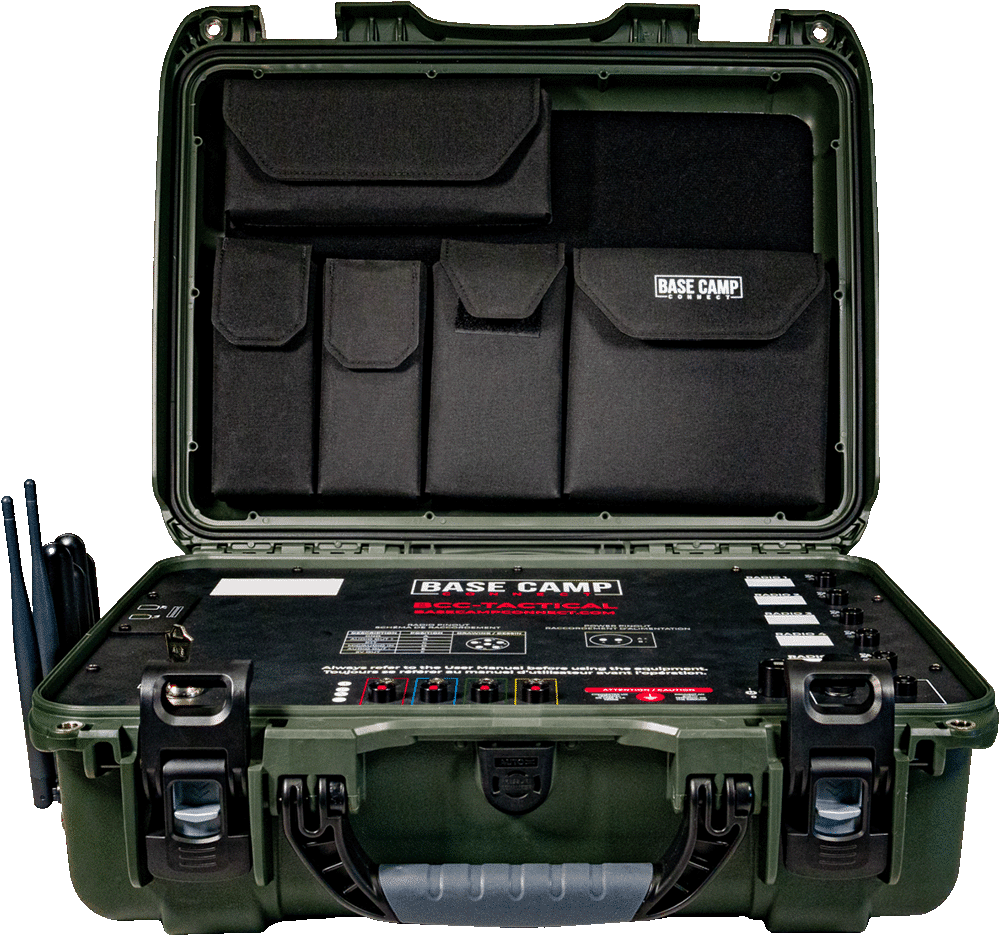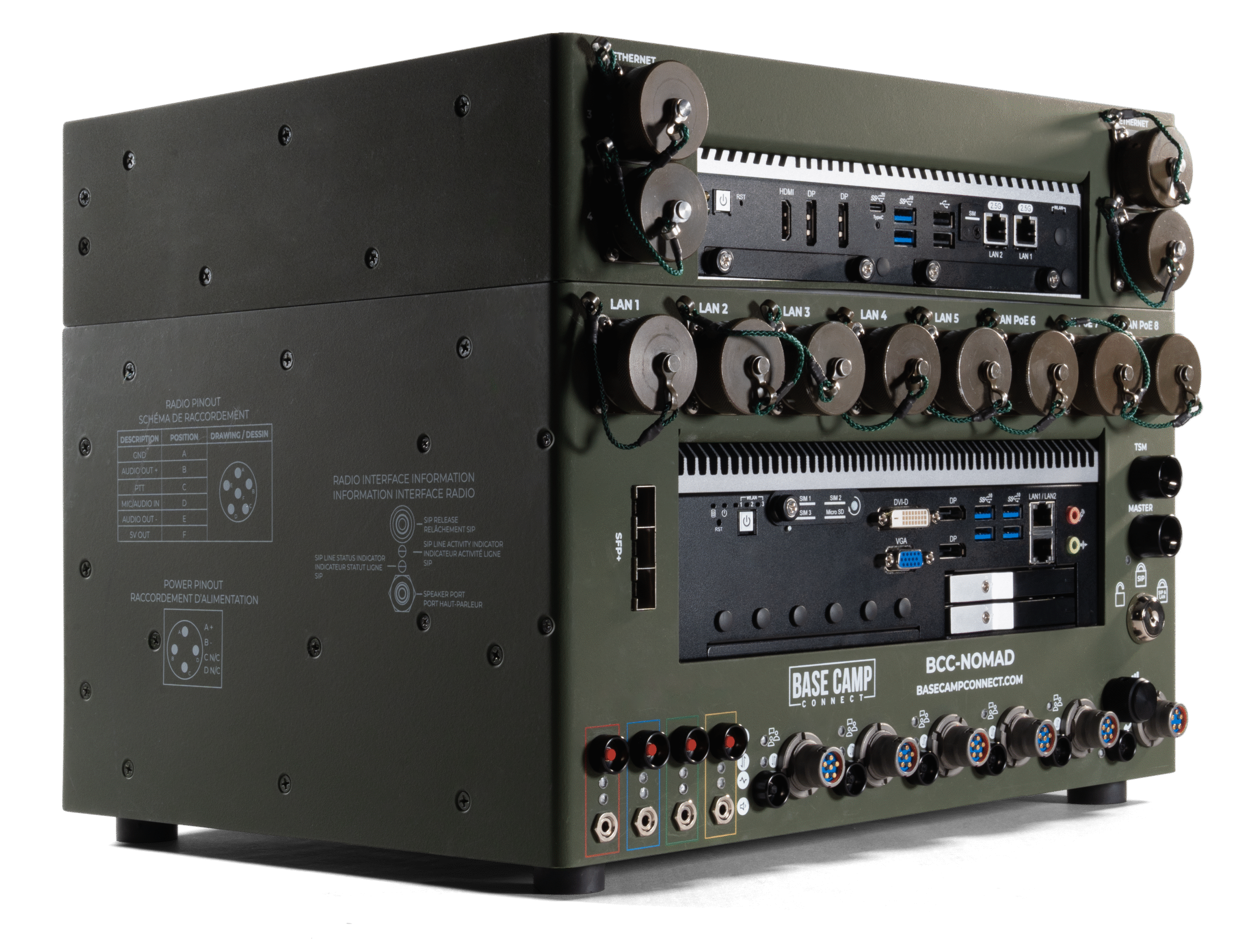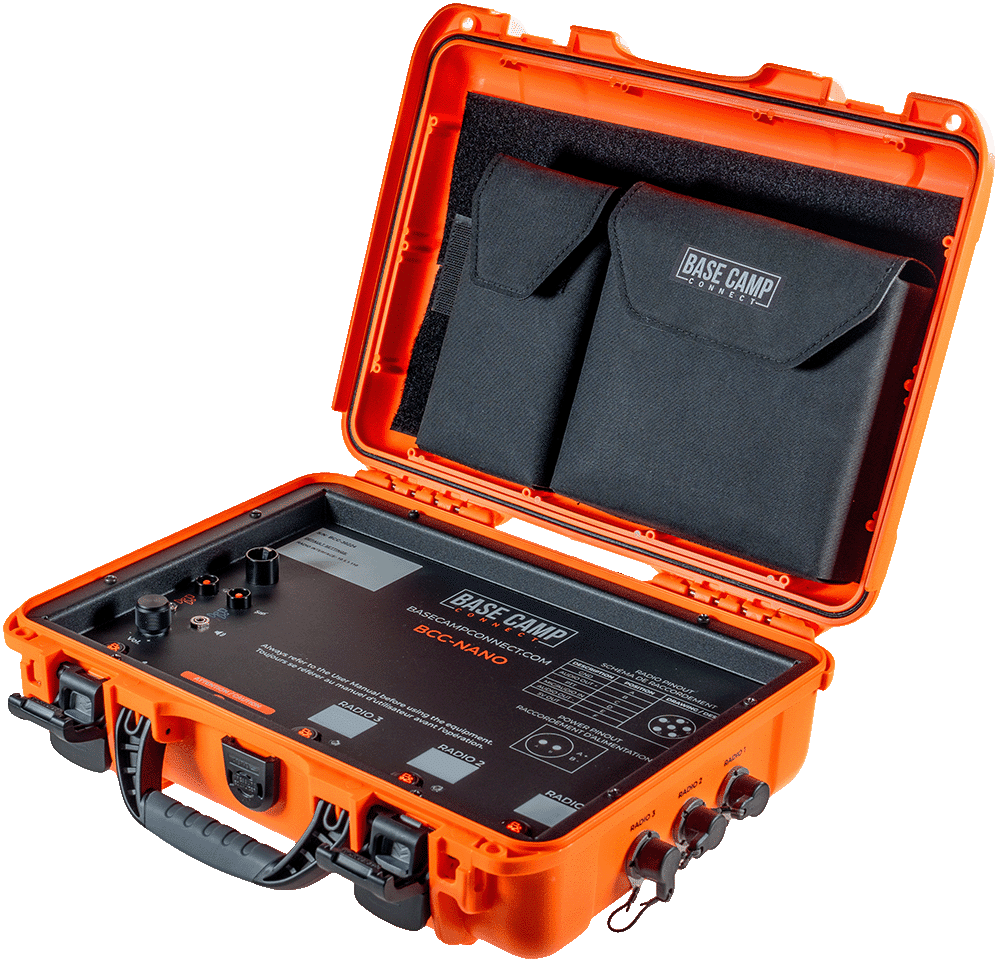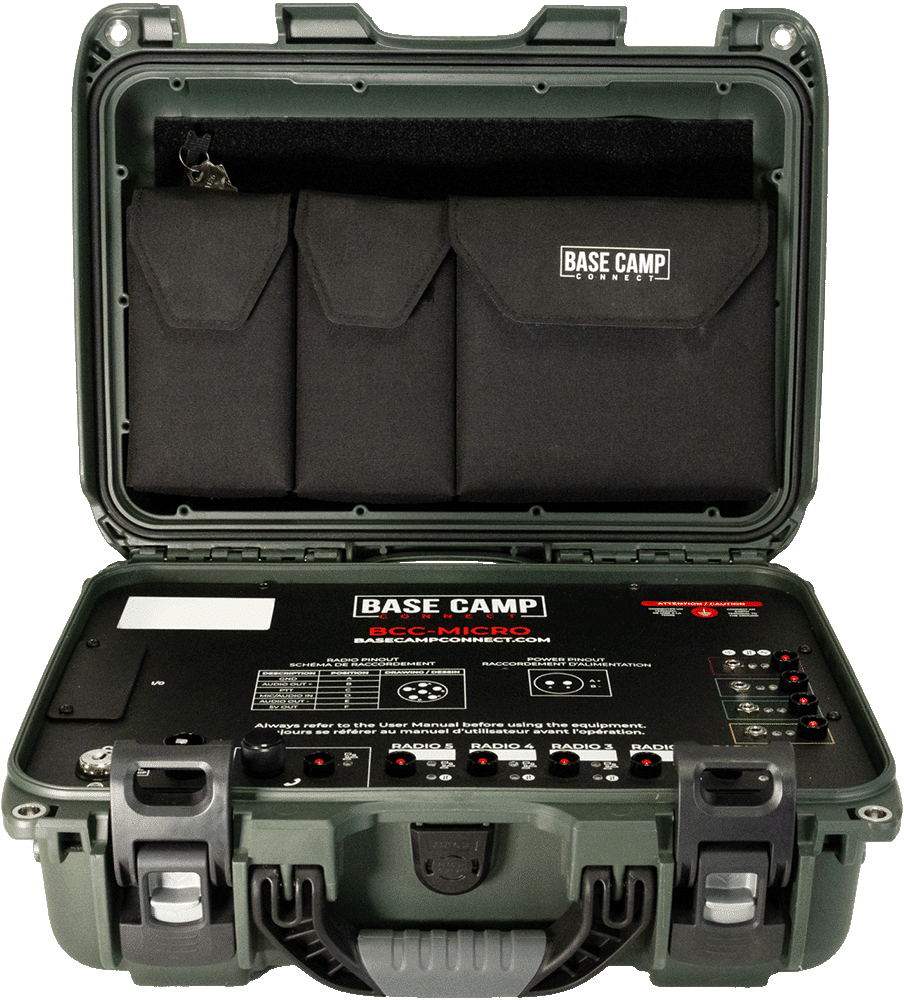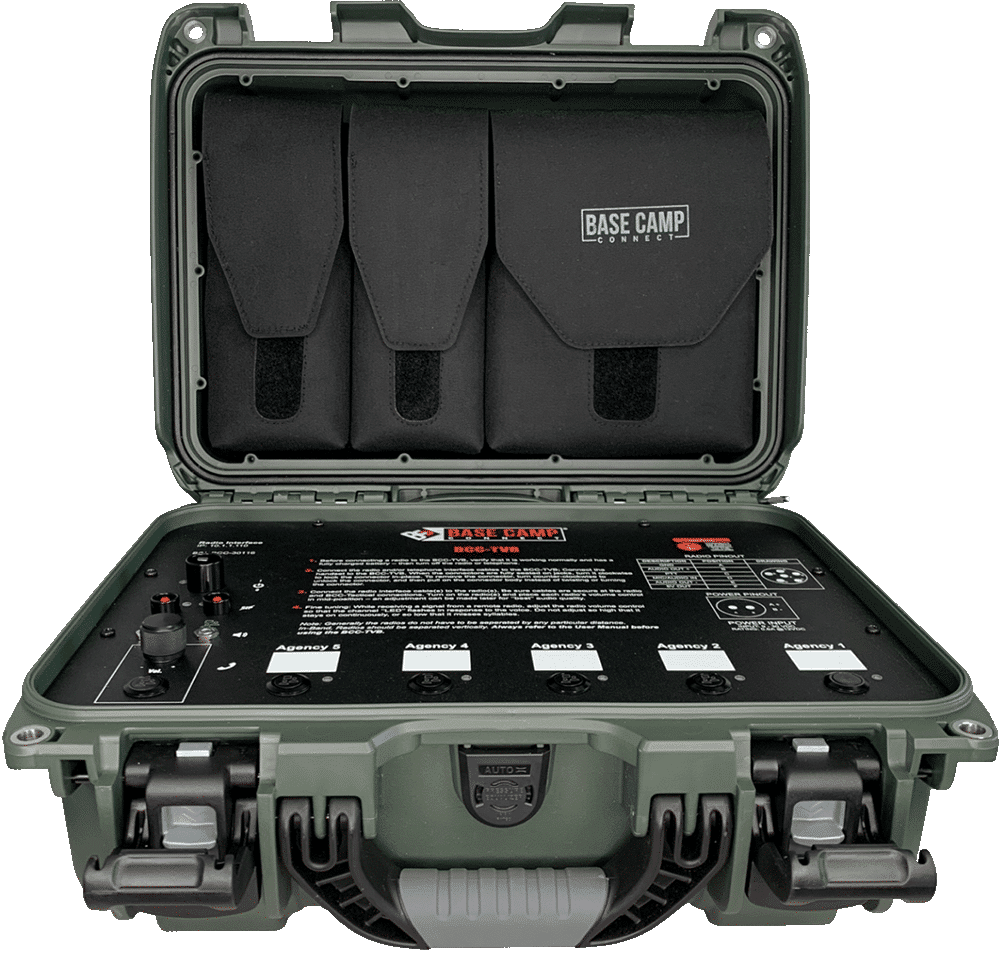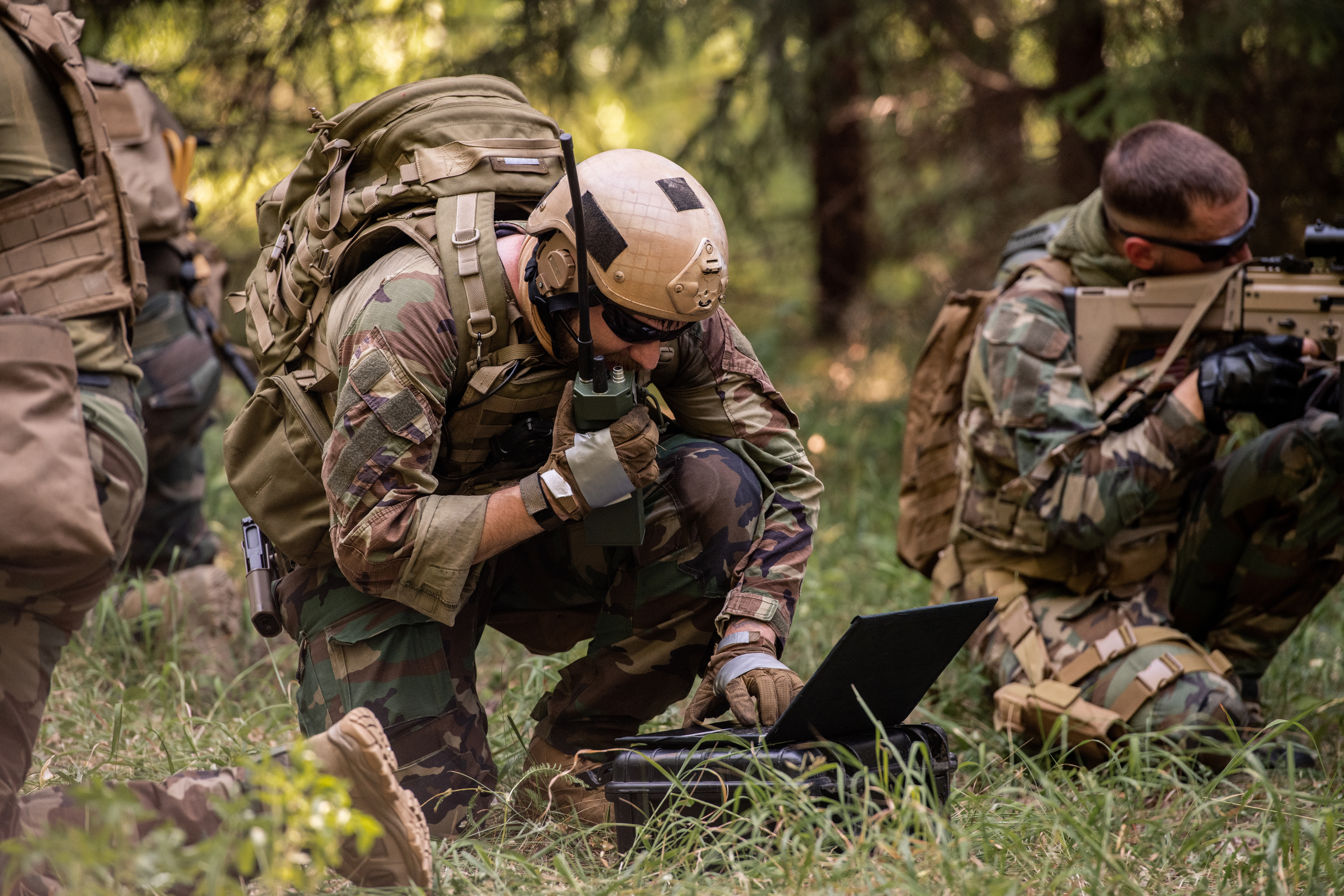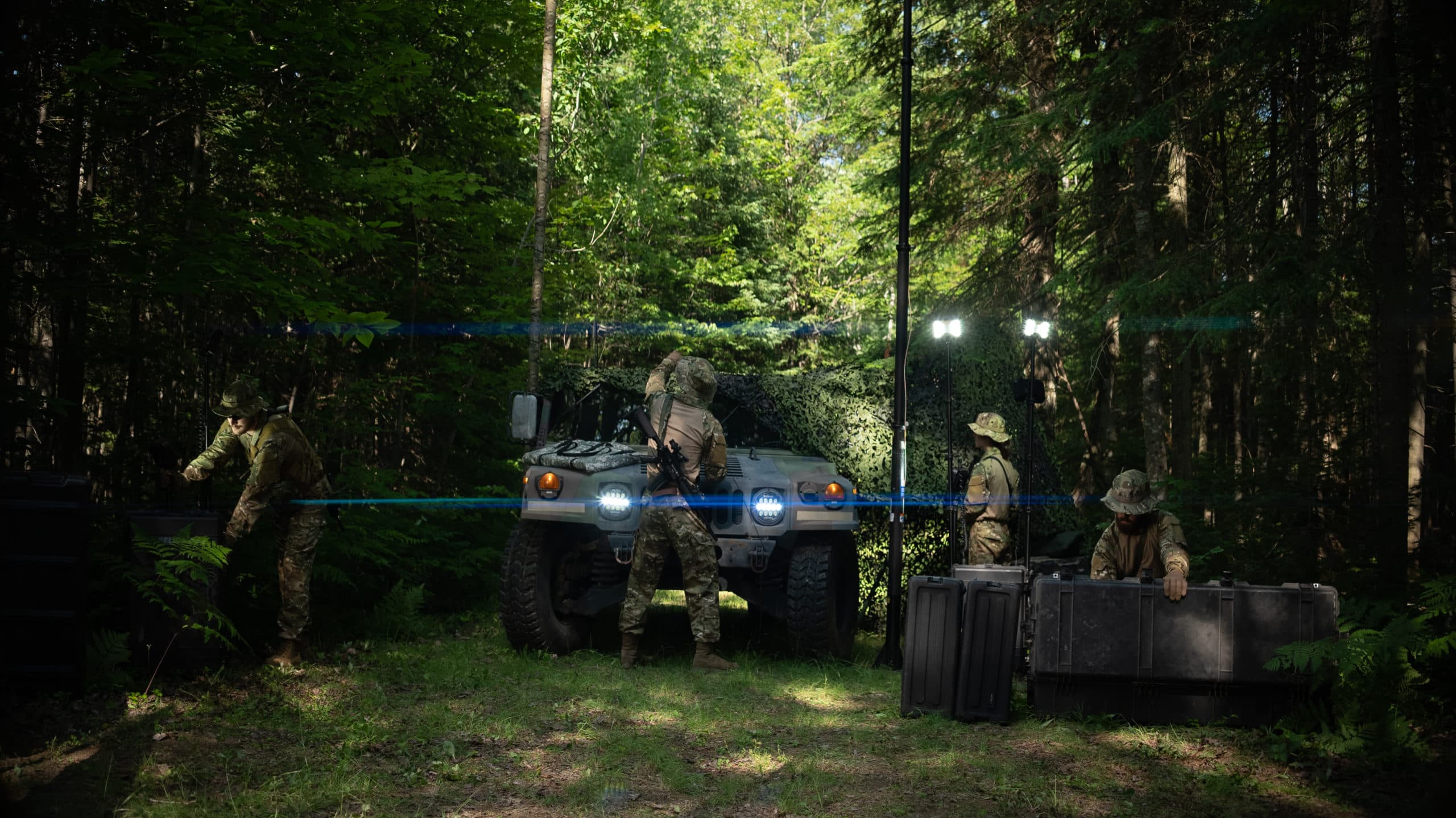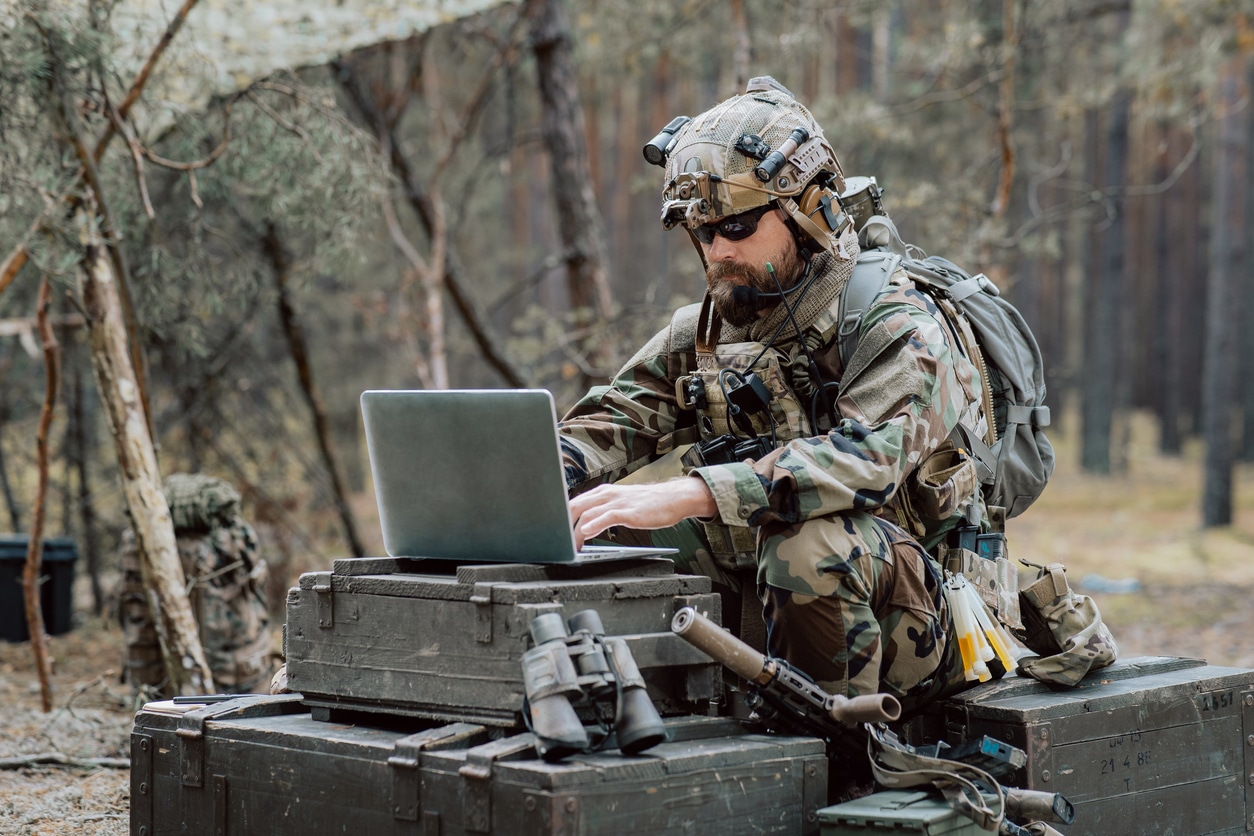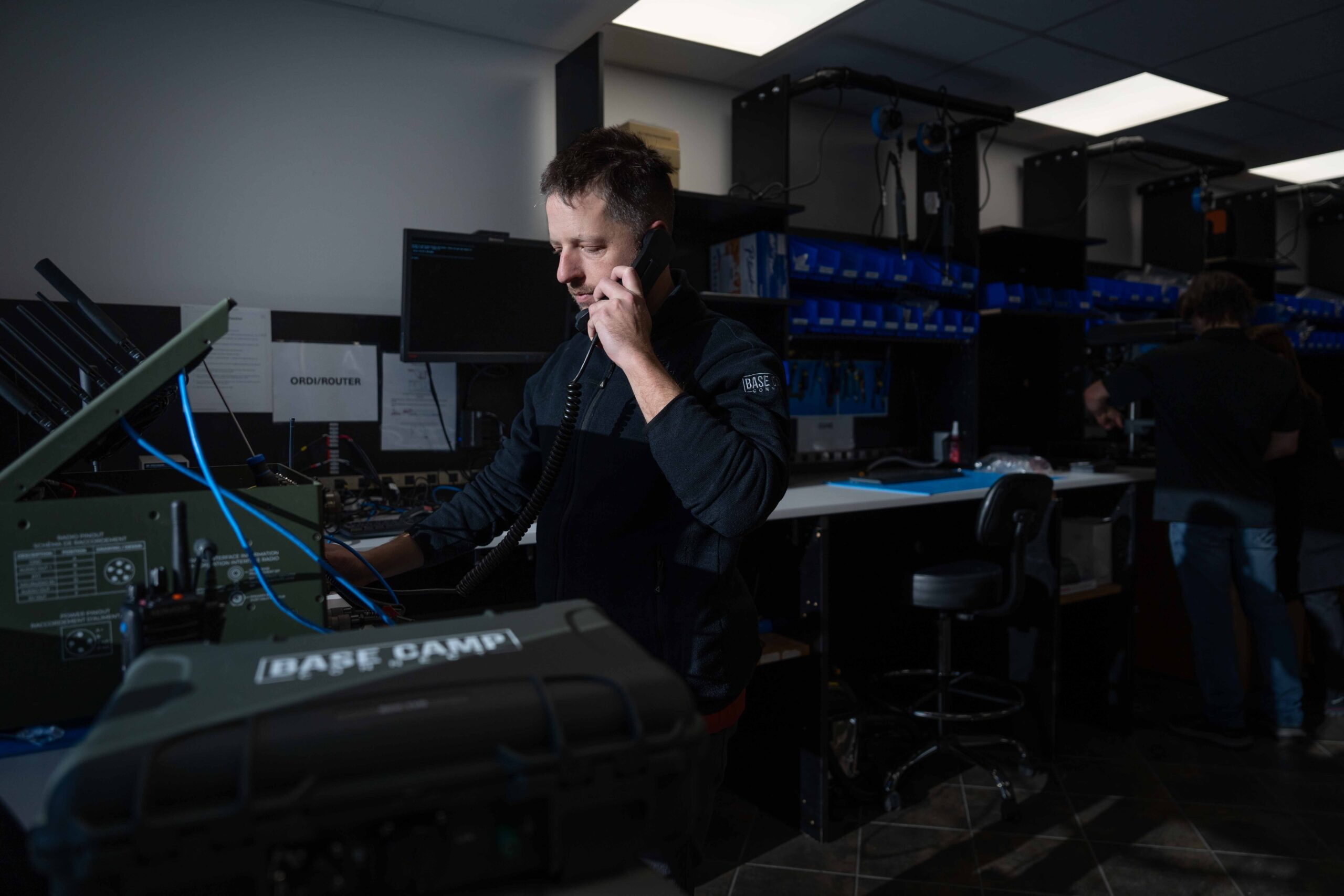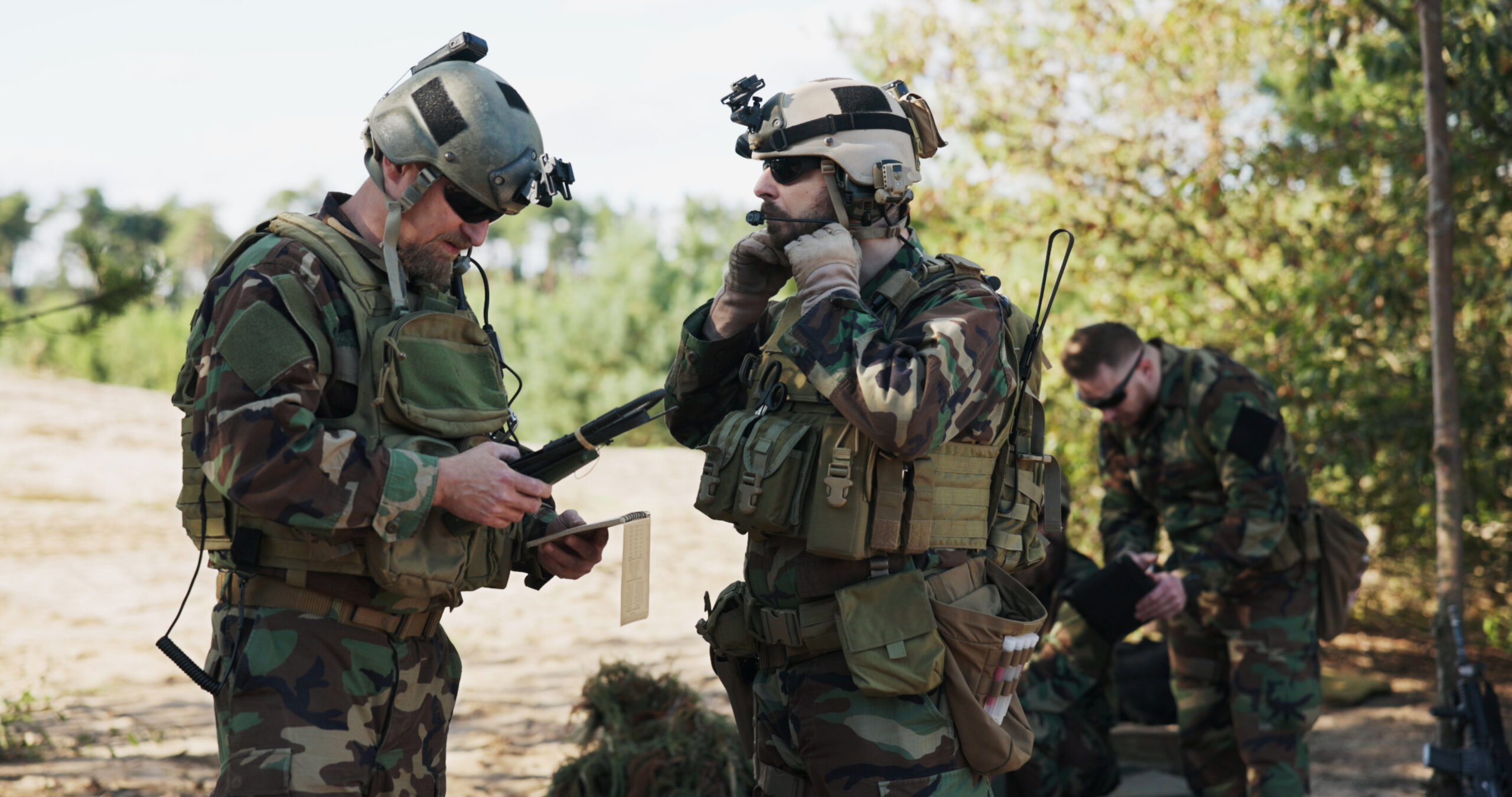Urban fighting is one of the most challenging environments to fight in. If you have ever been in this kind of combat, you know that it typically is associated with the highest number of casualties, even when you conduct urban fighting by the book. I vividly remember the first time I cleared a room in combat operations. A handful of other Marines and I rapidly moved into the room and secured it before moving to the next. It was during the Battle of Fallujah in Iraq.
That moment before you turn into your first room during live combat is a gut check. You have no idea if it will be empty or full of enemy forces waiting for the first person to enter the doorway. In many ways, it is as low-tech as combat gets. It’s little more than a bunch of people with pistols and rifles on both sides trying to survive the moment.
That was back in November 2004. Now, just over 20 years later, the experience my fellow Marines and I had would be much different. Technology has rapidly advanced in the last two decades, and I doubt I would recognize much of the modern battlefield. This is particularly true regarding our communication abilities. The battle space is so much more digital now; from drones that fit in the palm of a soldier’s hand to powerful satellites providing real-time communications and intelligence, warfare has rapidly advanced.
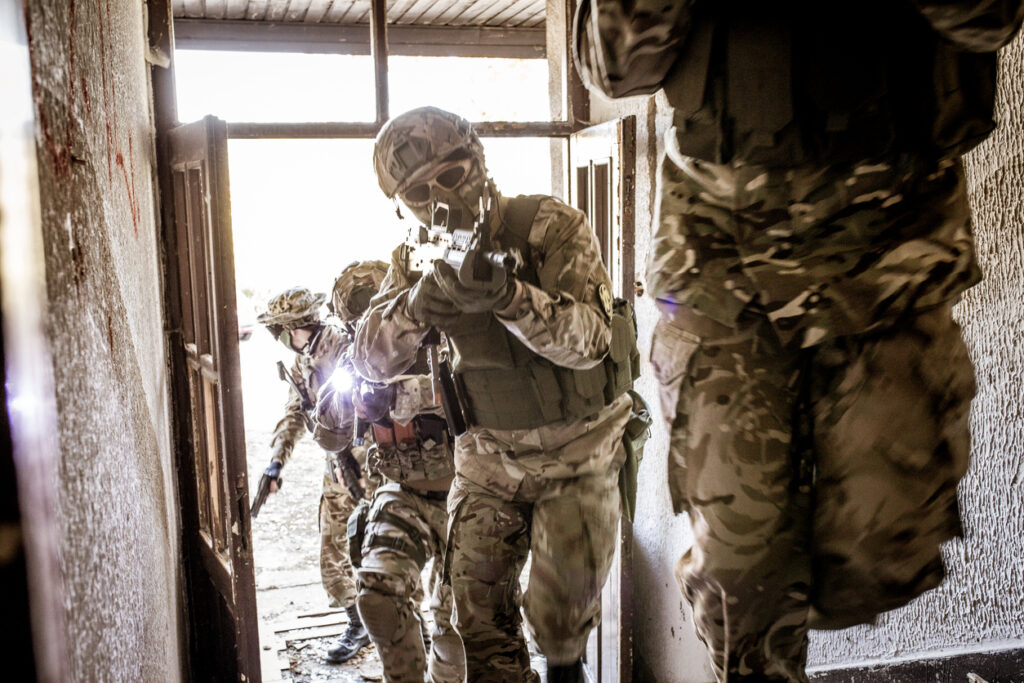
Combat in the air, on land, at sea, and in space are now part of an interconnected digital battlespace. The future of warfare isn’t solely hinged on the soldier clearing a room but is increasingly data-driven and reliant on the ability to communicate, coordinate, and adapt in real time. Given the direction of warfare, the future of combat lies in Federated Mission Networking (FMN).
What is FMN?
Before understanding what FMN is, it is important to mention interoperability, as it is part of the vision of FMN. Future conflicts will likely favor the force with the fastest speed and agility, especially among multinational forces. Conflicts of the past have allowed for some delay in the sharing of information across military coalition force members. Future conflicts will not. Interoperability is the ability of different military forces and their various communication systems to operate together efficiently. Ideally, this occurs on day zero of a conflict.
So, what exactly is FMN? FMN is a long-term initiative by NATO to ensure interoperability, particularly with regard to communication networks. The origins of FMN came from lessons learned during the conflict in Afghanistan, which began in the early 2000s. It is a framework for data sharing and network security among NATO member nations and their partners. The idea is to enable each participant’s individual communication systems and procedures to function seamlessly in a shared environment from the moment troops are first deployed.
The Changing Landscape of Warfare and the Need for FMN
As previously mentioned, the future of warfare encompasses operations on land, in the air, at sea, and in space, often referred to as Multi-Domain Operations (MDO). This level of combat demands that warfighters evolve to an entirely new level of communication capabilities. FMN is the framework that supports this evolution. By providing a unified operational framework, FMN links these diverse domains through a shared communications infrastructure. Battlefield commanders will be given a real time, comprehensive view of the conflict like never before.
An increase in the complexity of military coalitions is also taking place. As we have seen since the start of the war in Ukraine, NATO continues to grow and work with non-traditional partners. Future conflicts are likely to bring more players to the table, along with forces equipped with a wide array of communication systems and diverse operational backgrounds. By design, FMN is a scalable and adaptable framework. This makes it ideally suited to support coalition growth and interaction regardless of a force’s origin or capability.

As the battlefield becomes more of a digital environment, cyber-attacks and electronic warfare will become more prevalent. Militaries worldwide are developing sophisticated tools to disrupt the communications of their adversaries and employ cyberattacks to steal data. Coalition communication networks must be robust to withstand these threats while still allowing for the rapid spread of information. FMN is a solution whose ongoing development will keep it ready to accomplish this.
Another area of change is the integration of AI onto the battlefield. FMN is designed to evolve with new technologies like AI. For AI to work, a massive amount of data must be processed. That means issues that plague communication networks, like bandwidth limitations and latency, must be addressed to get the most out of AI in combat. Without FMN, maximizing the benefits of AI across coalition forces is near impossible.
Future Technological Advancements in FMN
Now that we know what FMN is and how it is addressing changes on the battlefield, we can look at what advancements are likely to be a part of FMN in the near future. Some of the more prominent are as follows.
- Next-generation communication networks
- AI and machine learning
- Cloud-based edge computing
- Improved security and encryption
Technologies such as 5G, satellite-based communications, and quantum-secured networks will need to continue being embraced by FMN. Common communication network limitations, such as bandwidth and latency, can be overcome through platforms like Low-Earth Orbit (LEO) satellites, which offer high-speed, low-latency connectivity. With the further integration of these technologies, FMN will be able to operate at the speeds necessary for global conflicts.
These days, AI and machine learning are present in everything from our phones to our televisions. FMN won’t be left out and will feature AI-powered network management capabilities. AI-based systems within FMN will monitor for attacks, select optimal bandwidth, predict failures, and re-route communications traffic without any human interaction.
Edge computing, essentially processing data without relying on a centralized node, is key to future combat. Using cloud-based computing, FMN will enable edge computing to occur where information is critical, at the tip of the spear. Frontline troops will fall under the FMN framework and process critical data in the field, thereby reducing latency and enabling them to make better decisions more quickly.
In an effort to stay ahead of the numerous cyber threats emerging in combat, FMN is expected to incorporate quantum encryption. This form of encrypting data is virtually unbreakable. A zero-trust architecture will become the FMN standard, ensuring that every user, device, and system on the network is continuously verified and authenticated.
The battlefields of the future will be more complex and more connected. FMN addresses the need for unified, secure, and adaptable communication networks. The framework provided by FMN is not only the solution to current communication challenges but is ready to take on the challenges of the future. NATO and its partners can utilize FMN to rapidly and securely share data in real time.
With many threats evolving in the combat theater, militaries can no longer rely on ad hoc communication solutions. A system that enables all friendly units to share data without fear of interoperability challenges is more important than ever before. FMN is more than a framework; it’s a living, evolving ecosystem designed to adapt alongside emerging technologies. FMN is the future of warfare. Success will depend on who can collect, process, and act on information the fastest. FMN is how we get there together and ready on day zero.
